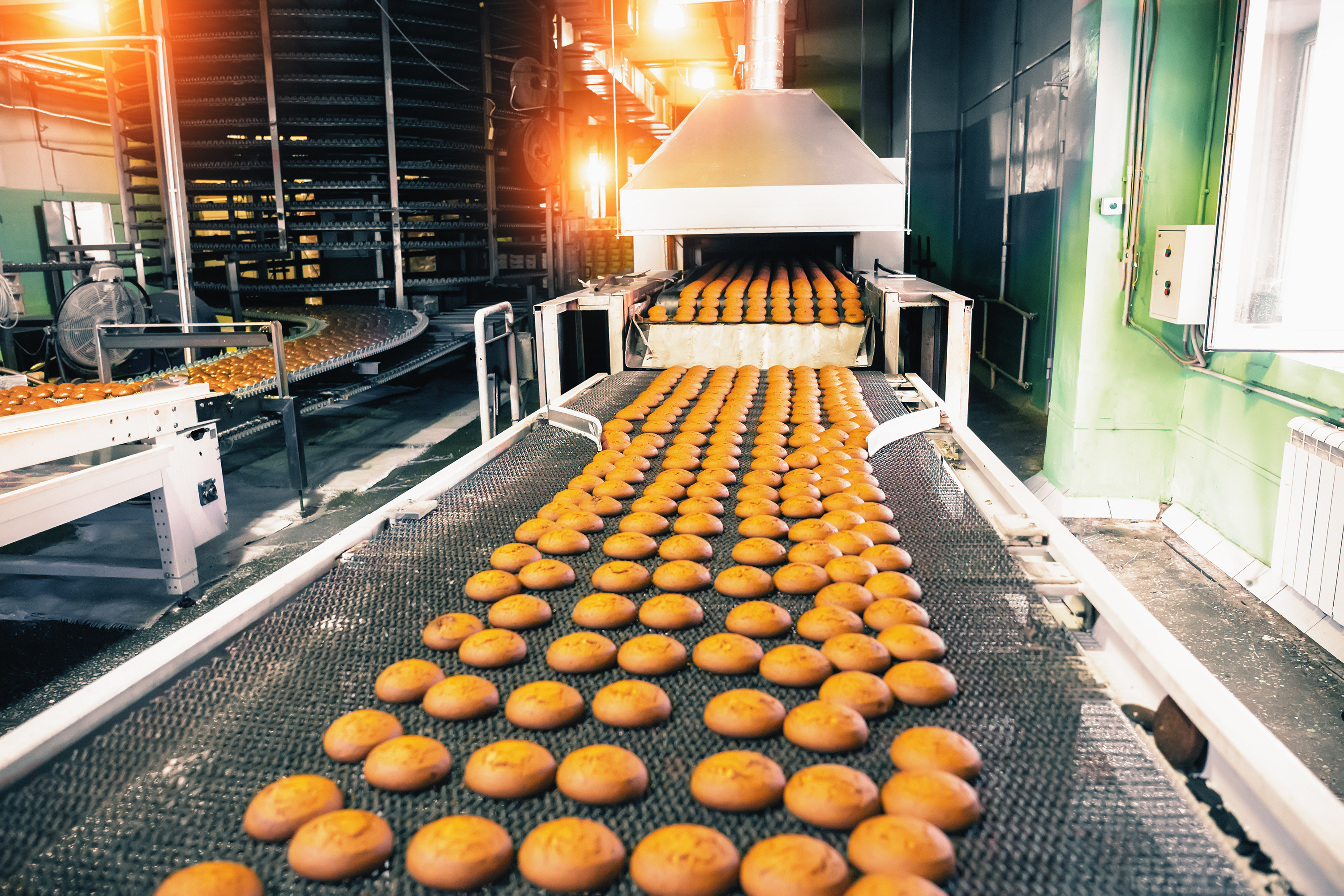The Numbers You Need to Know: Insured
You can’t get around the news that 3 major banks in the US have now failed. This is news everywhere. How does an institution lose 90% of its value...
3 min read
Kristin McLane : July 13, 2023 at 10:00 AM

I am all about self-improvement. I read. I have an accountability partner. I set weekly goals. I have a top 3 each day. Our team meets in the morning to state our #1 goal and then reports on its completion at the day’s end. I use whatever tools I can to help me remember what’s important and bring on change.
I do not believe in the school of constant change, although I am tempted by it. Constant improvement leaves little time to be an expert. However, having a wealth of ideas means I can pick, smorgasbord-style, from what I think will work for me.
This morning’s topic in my latest Change Journal, is water. We all know (I hope this is right) that it’s a key building block for everything. The human body cannot function without it. We know that we can get it from food and drink and we use it just sitting here to process the things we’re doing. It’s in constant flow in our bodies, and that makes it the most critical thing. We know there’s a minimum amount we need to consume to stay healthy. (And I’ll freely admit that I get more of my water intake from coffee than I should. This morning, it’s a French-press 100% Kona latte.)
If I asked you, could you tell me what your water number is? What’s that one thing that you need to track to know that you’ll be healthy long-term?
It’s hard to know this number for everyone. I’ve often thought cash was the equivalent for business. Cash lets you grow, eliminates the reliance on debt and let’s you make the choices you need to when things change. We were in strategic planning yesterday and one of our team referred to cash as the ultimate lagging indicator. That’s interesting to me.
I guess it depends on how you look at cash. It represents work completed, whether that’s the completion of a sale to a customer or delivery of a product. It could be the result of liquidation, and that’s certainly not as positive. Cash also represents the ability to invest in the future. It’s what you need to grow your business. (This works the same in life, as it represents your ability to do things you want to do and retire with means.)
Is there a number or thing in your production operations that is the equivalent to you of cash or water? How would you know?
You need water to be healthy. If you follow my train of thought, you need cash to be so as well. Let’s explore what healthy means in a shop to help you uncover what I’ll refer to as your water number. Water helps your body transport things. It is an active part of circulation, the essence of a life building block. What helps you move things in your business? Is it the people? The equipment? The processes? Is there a particular way that you do business – a daily huddle, a process map, unique workflows – that no one else can claim that helps you do it better than anyone?
For our team, the process we use to move work through its paces enables us to know if it’s going well or not at any point. We can get a read on early and late work, what’s dependent on other steps in the process and who’s available to do it. For our team, this helps with daily work flow, but it’s not a measure of our health. I look at it as our fitness level.
What about you?
We are in constant research on how to make manufacturing better. We are always looking at and for the tools that can help you with the processes you use, the people you have, and the work you have to do. I suppose it’s a reflection of my always-getting-better philosophy. When we went through our most recent exercise in what our purpose is as an organization, this same thought came to mind. We know that we are here “to make things that make things better.” It’s cute. It’s catchy. But for us, it’s a reason to be. We want to improve the results of the businesses we work with. It’s what drives us. I don’t know how to measure that. How do we capture how much better we make it?
We have collected numbers from customers on increased quality, decreased scrap, improved efficiency, and other critical business numbers to know that we have made a mark, but this is not a pure representation of making things better. How do you know exactly how much water your body needs and has used today? You don’t. You make an approximation and all the metrics I’ve seen are a straight-line formula of weight to water intake ratio.
So, could we argue that the number that you can track to know the health of your shop may not be an exact representation as well? Perhaps it is an estimate. It’s a number you collect and you know approximately where your team needs to be to be doing “well.” It might be a good conversation to explore. If you knew what it was you needed to track, then you could focus any improvement projects on tracking that number.
And, if you want to see all your numbers, perhaps we can help there. Give your team the tools they need to track your numbers, report on them, analyze and archive them. Push the Connect button to learn about how we help teams with this. Or, if you have a question, reach out to info@cimx.com. We are here to help you save money, time and get your Production under Control.
Contact CIMx Software to see how a Manufacturing Execution System can improve production control for you.

You can’t get around the news that 3 major banks in the US have now failed. This is news everywhere. How does an institution lose 90% of its value...

1 min read
I’m a gardener. I absolutely love the taste of anything I can grow. Warm from the sun, things just taste better. I learned the art of a great tomato...

1 min read
I recently stopped at a chain bagel shop for a quick breakfast on the road. It’s one we all recognize and I’ve enjoyed their product. The staff at...